Media | Articles
Miata road-trips on eco-fuel, no new IndyCar engine, which cars can get you the most total miles
Mazda Miata does road trip and hot laps on eco-fuel
Intake: A stock Mazda MX-5 Miata has completed a 1000-mile journey, lapping race tracks in England, Wales, Northern Ireland, and Scotland, powered by fossil-free sustainable gasoline. The Sustain fuel from British firm Coryton is made from agricultural waste and sustained the Miata on the road trip which took in tours of the Trac Mon circuit in Anglesey, Wales, England’s Oulton Park, Knockhill in Scotland, and Kirkistown in Northern Ireland. There was no loss in performance on road or track and the Miata achieved an average fuel consumption of 45.6 mpg (38 mpg U.S.). “This is a brilliant demonstration of how sustainable fuels can play a part in reducing automotive CO2 emissions if they became widely available. It’s especially appropriate to highlight how they have the potential to make the enjoyment of driving sustainable whether on the road or on track for fun or in competition,” said Mazda Motors UK, Managing Director, Jeremy Thomson.
Exhaust: Mazda is exploring a variety of alternative fuels in its bid to keep the combustion engine alive. It was the first car maker to join Europe’s eFuel Alliance, is supporting the development of e-fuel from micro-algae with Japanese academics, and is using biofuels to power a Mazda2 race car in Japan’s Super Taikyu Endurance Series. One could argue that one reason for this approach is that Mazda is miles behind when it comes to electrification, but we like to think it’s because of the brand’s passion for driving. — Nik Berg
IndyCar ditching plans for new engine

Intake: IndyCar’s recent push for hybridization took a turn yesterday, as it was announced that the series would be pausing its plans to develop a 2.4-liter powerplant for 2024 competition. Instead, the incoming hybrid tech will be paired with IndyCar’s current 2.2-liter twin-turbocharged V-6 engines. “The 2.2-liter IndyCar engines supplied by Honda and Chevrolet have provided the most competitive racing in the world,” says IndyCar President Jan Frye. “The 2024 hybrid engine package will provide even more excitement with horsepower increases over the current engine.” Testing of the hybrid engine will continue throughout the 2023 season.
Exhaust: Two delays—first COVID-19 and then supply-chain issues—have pushed the inaugural season for Indy’s hybrid power back two years. Back in March, we reported on the more recent supply chain issues: “We have finished development and dyno testing of our new internal combustion engine,” said Honda Performance Development president David Salters, “and once the hybrid system component supply chain issues are sorted, we’ll begin track testing of the new hybrid power unit.” If Honda finished testing the 2.4-liter almost nine months ago, why are they shelving the project now? Luckily, IndyCar competition has been stellar during this time and 2022 marked the most-watched season since 2016 (and highest since streaming on NBC Sports). They say that good things come to those who wait. Hopefully this new hybrid powerplant is a showstopper. In the meantime, tune in to the IndyCar season opener March 5 from St. Petersburg, Florida. — Cameron Neveu
A short-wheelbase Alfa Romeo Giulia Zagato is coming soon

Intake: Alfa Romeo has once again turned to Italian coachbuilder Zagato to create a low-volume sports car based on the Giulia sedan. As the very limited teaser image above shows, it will be known as the Giulia SWB Zagato, and it features a striking full-width light bar that appears to hint at a Kamm tail rear end. It’s likely that the car will evoke Alfas of the past, and as the name suggests, it will be shorter than the standard Giulia and drop two doors to transform it into a coupe. For power we expect to see the 2.9-liter V-6 from the Quadrifoglio, probably in the highest state of tune as seen in the GTA. There’s also the distinct possibility that an all-electric version will also be offered, with technology borrowed from sister company Maserati. No exact date has been set for the reveal, but given that the tease has already begun, it’s likely to be early 2023.
Marketplace
Buy and sell classics with confidence
Exhaust: Alfa boss Jean Philippe Imperato has previously described the car to Auto Express as “very exciting, very expensive, very selective.” Like Alfisti everywhere we’re hoping for something spectacular to fill the void left by the SZ and the 8C Competizione. — NB
Apple “scales back,” delays its self-driving car

Intake: According to Bloomberg, Apple has significantly scaled back its plans for a self-driving car, and delayed its release until 2026. Quoting people “with knowledge of the matter,” Bloomberg said, executives decided that its vision for a fully autonomous vehicle—without a steering wheel or pedals—isn’t “feasible with current technology.” So the new car will have a steering wheel and pedals, and the autonomous feature will only work on highways. Apple had planned a price of more than $120,000, but the company has dialed that back too, to about $100,000.
Exhaust: Apple’s stock slipped slightly Tuesday on the news including the fact that Apple has scrubbed the idea of a ” limousine-like interior where passengers could face each other. Now the plan is to produce something more like a traditional car, with a driver’s seat,” Bloomberg said. Apple is learning the hard way that it’s tough building a car from the ground up. — Steven Cole Smith
VinFast is planning a U.S. IPO to fund new plant here
Intake: VinFast, the ultra-aggressive Vietnamese electric car maker that plans to do business in the U.S. very soon, has filed an initial public offering (IPO) to sell stock to help fund its planned EV plant in North Carolina. The company, founded in just 2017, displayed several EV SUVs at the Los Angeles auto show. “Citigroup, Morgan Stanley, Credit Suisse and JP Morgan are leading a nine-bank syndicate behind the deal, according to the company filing,” says Reuters. “If successful, VinFast will be Vietnam’s first company to list in the United States.”
Exhaust: It’s time to add VinFast to the growing list of new companies that could make a genuine impact in the EV industry, especially with its innovative plan to “lease” the batteries in its vehicles to consumers. — SCS
These are the cars that could give you the most miles
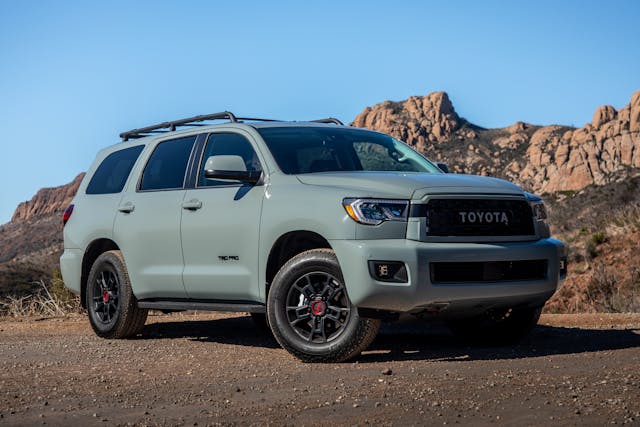
The website Iseecars.com analyzed over two million cars produced and sold for at least 10 of the past 20 model years, ranking each model by its highest mileage-achieving cars. This resulted in a list of vehicles that the website believes are your best bet for people who drive their cars for as long as they will run. Here are the top 10:
- Toyota Sequoia, potential lifespan of 296,509 miles.
- Toyota Land Cruiser 280,236
- Chevrolet Suburban 265,732
- Toyota Tundra 256,022
- GMC Yukon XL 252,360
- Toyota Prius 250,601
- Chevrolet Tahoe 250,338
- Honda Ridgeline 248,669
- Toyota Avalon 245,710
- Toyota Highlander Hybrid 244,994
Exhaust: Interesting concept. “What we see is a list of highly-durable vehicles, capable of more than a quarter-million miles of use if properly maintained,” said iSeeCars Executive Analyst Karl Brauer. “And to be clear, this study isn’t reporting the maximum lifespan of these vehicles. This is simply a measure of current odometer readings. Most of these cars are still in use and going strong.” See the whole list and the methodology here. — SCS
Czinger taps McLaren Applied for hybrid components on 21C hypercar
Intake: California-based Czinger has enlisted McLaren Applied for certain hybrid components on its 21C hypercar. The British marque’s in-house engineering solutions business will provide its ultra-dense 800V silicon carbide inverter to the 21C, where three such components will pair with the 2.88-liter twin-turbo flat-plane crank V-8 for a combined system output of 1250 horsepower. A single converter weighs just 12.12 pounds, so adding three to the 21C car will cost it just 36.36 pounds. Despite the low weight, these power-dense inverters can power electric motors to 350 kW (479 hp) for peak power, or 250 kW (335 hp) continuously. The Czinger 21C will feature two electric motors, one for each of the front axles. “We believe that high-efficiency inverters that offer higher switching frequencies and unparalleled controllability will play an important part in the transition to electrification, because they add character to vehicles thanks to improvements in packaging and performance,” said Nick Fry, Chairman of McLaren Applied.
Exhaust: Czinger says its 21C hypercar can rip off a 0 to 248 mph (400 km/h) and back to zero in less than half a minute, and the car reportedly weighs just 2755 lbs (or 2685 lbs, if you opt for the 21C Lightweight Track configuration). No doubt, welterweight hybrid components are a must here, and Czinger seems to have found its Huckleberry in the folks at McLaren Applied. Maybe some of the money from these projects can help fund McLaren’s own hybrid supercar rollout? — Nathan Petroelje
Borgward declared bankrupt in China

Intake: Borgward, the German brand that was revived by China’s by Beiqi Foton Motor, has been declared bankrupt by a court in Beijing and is seeking court approval to liquidate its assets. Beiqi Foton Motor is a subsidiary of the China state-owned automaker BAIC Group. The original Borgward, once Germany’s third-largest automaker, operated from 1929–61. Foton purchased the rights to the brand in 2014 to expand into China’s passenger vehicle market. Borgward offered four gasoline-powered crossovers and a battery-powered vehicle from 2015–19, but the brand fell short of sales expectations. According to Automotive News Europe, Borgward suffered losses of more than 4 billion yuan ($564 million) from 2016–18, and lost 4.7 billion yuan ($674 million) in 2021 while producing only 3600 vehicles.
Exhaust: It’s likely that only the most passionate of automotive enthusiasts knew that the Borgward brand still existed in any shape or form, let alone in China. Borgward couldn’t even get a foothold in Europe when it began selling its BX7 there in 2018, so it’s surprising that the BAIC Group waited another four years to put an end to it. — Jeff Peek
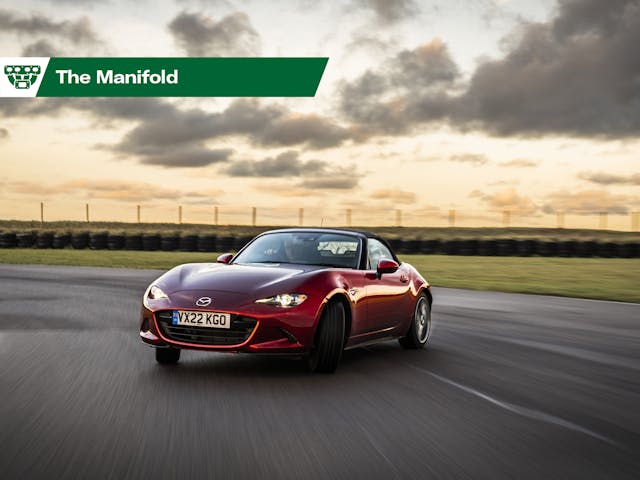
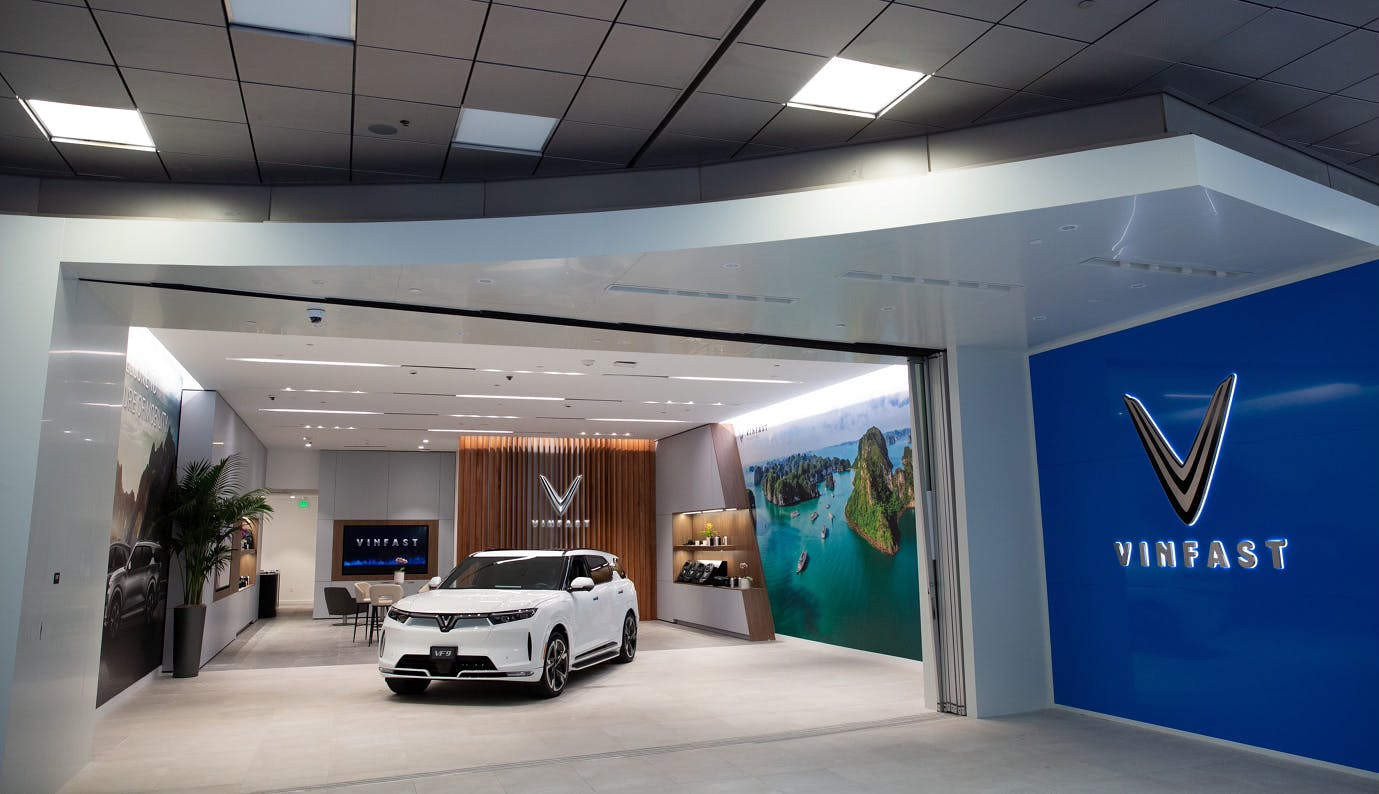
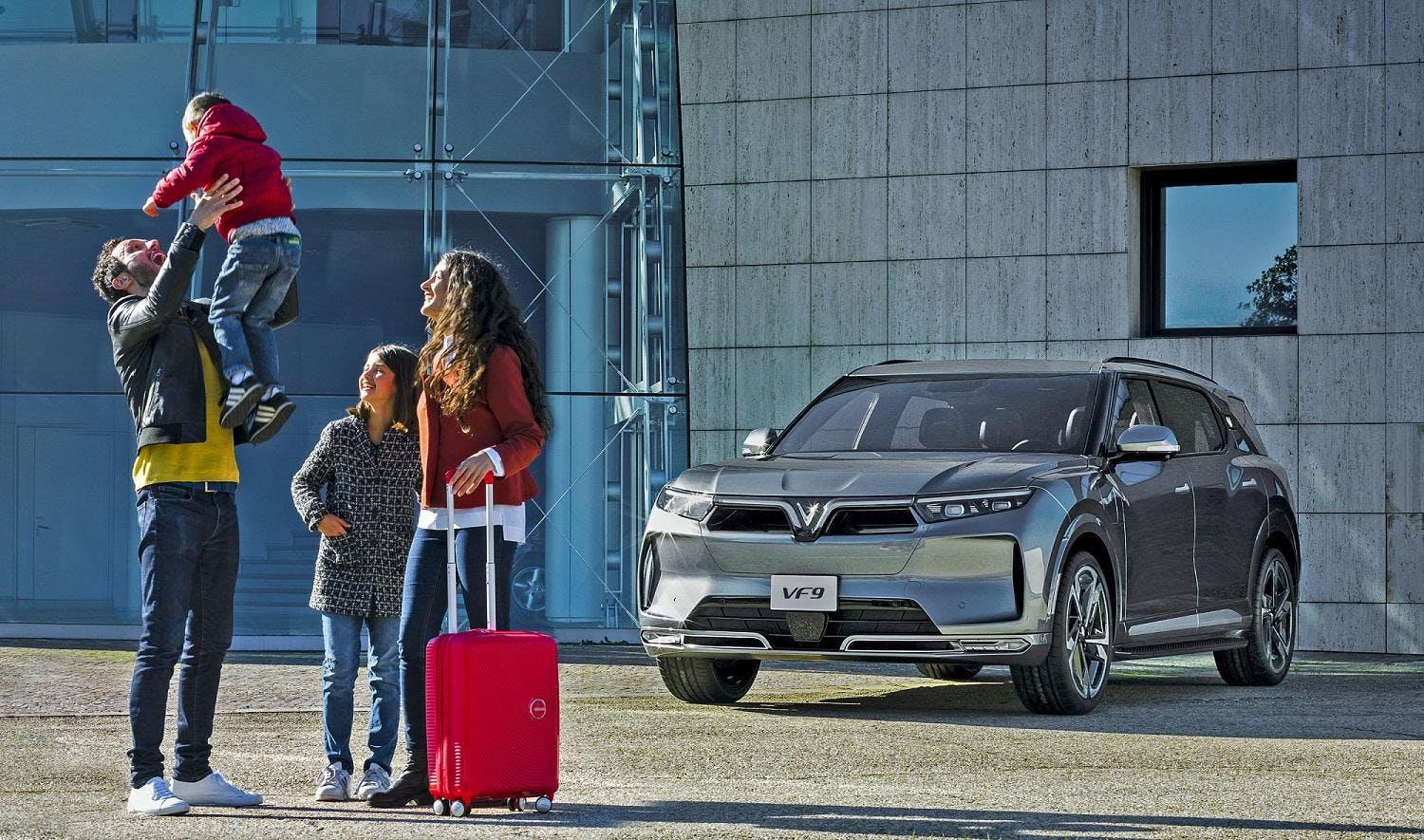

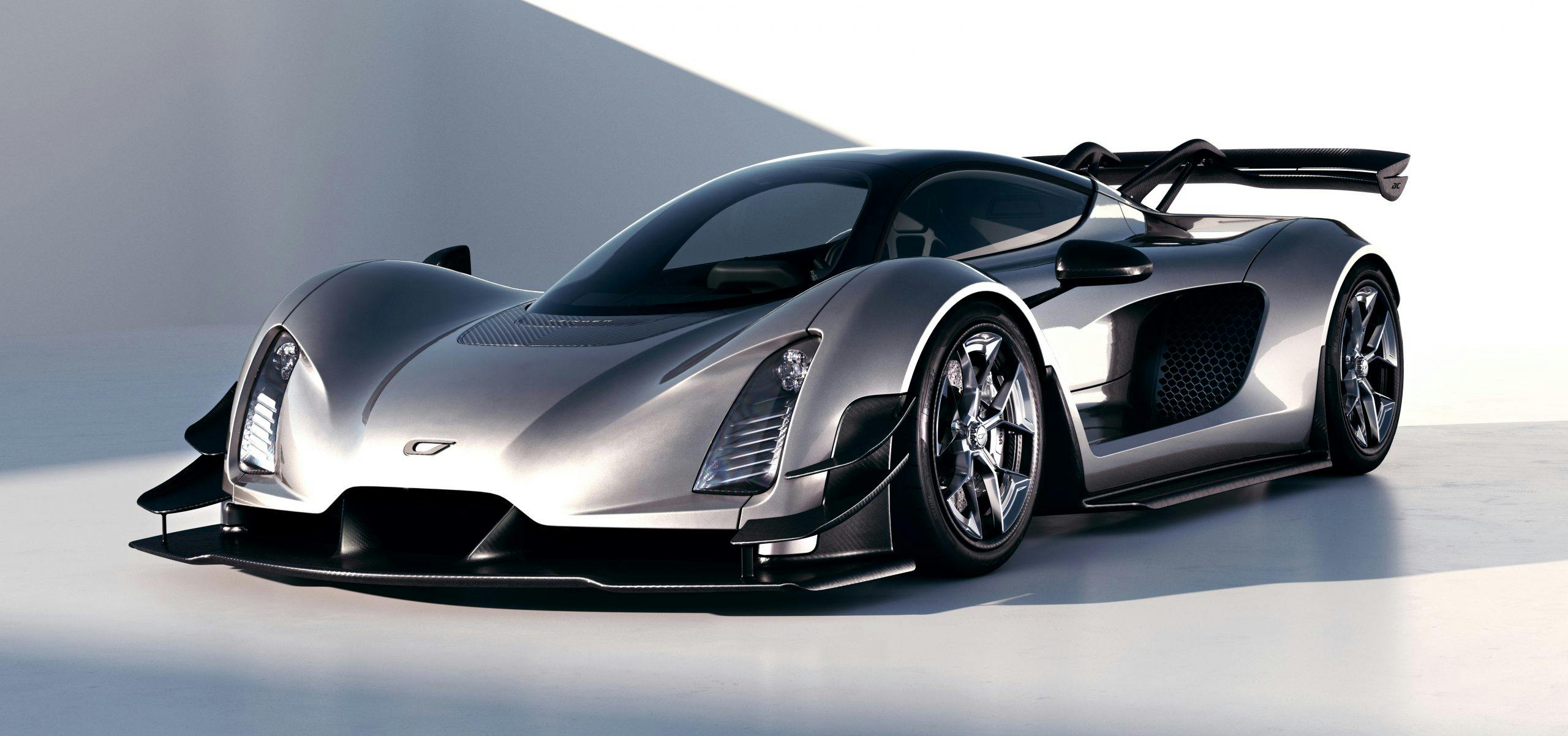
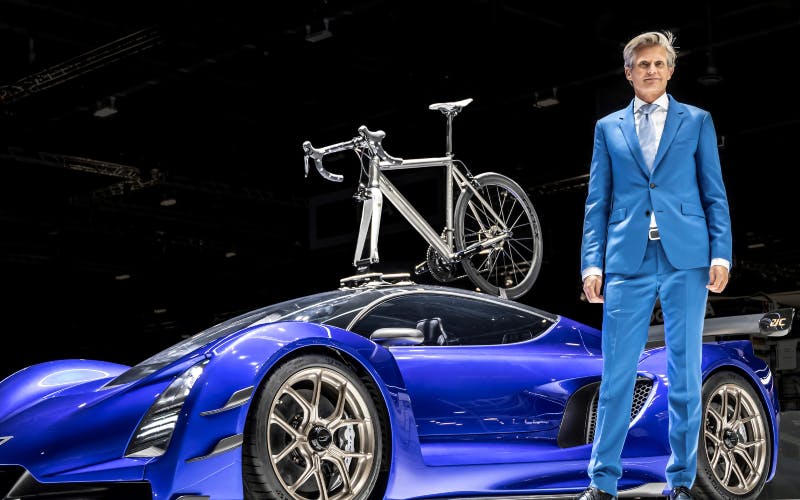

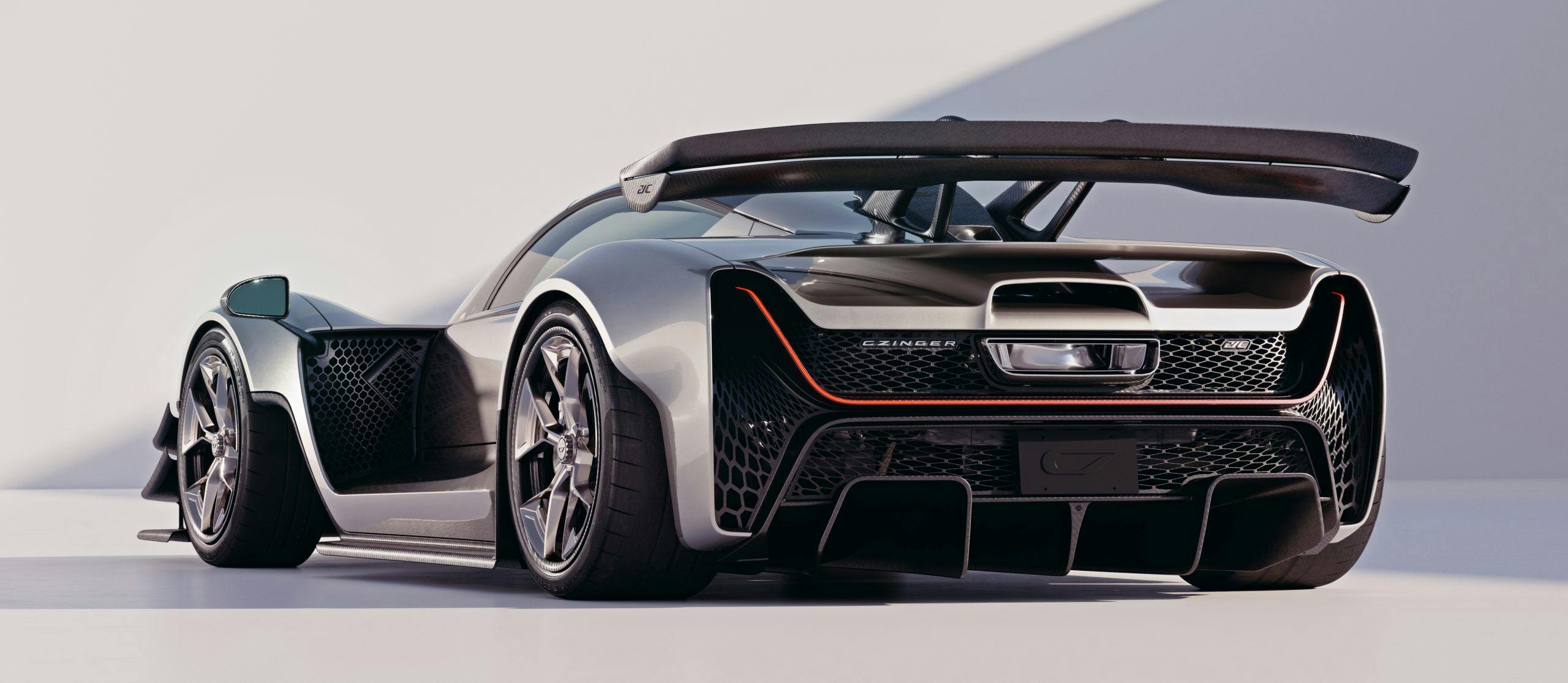












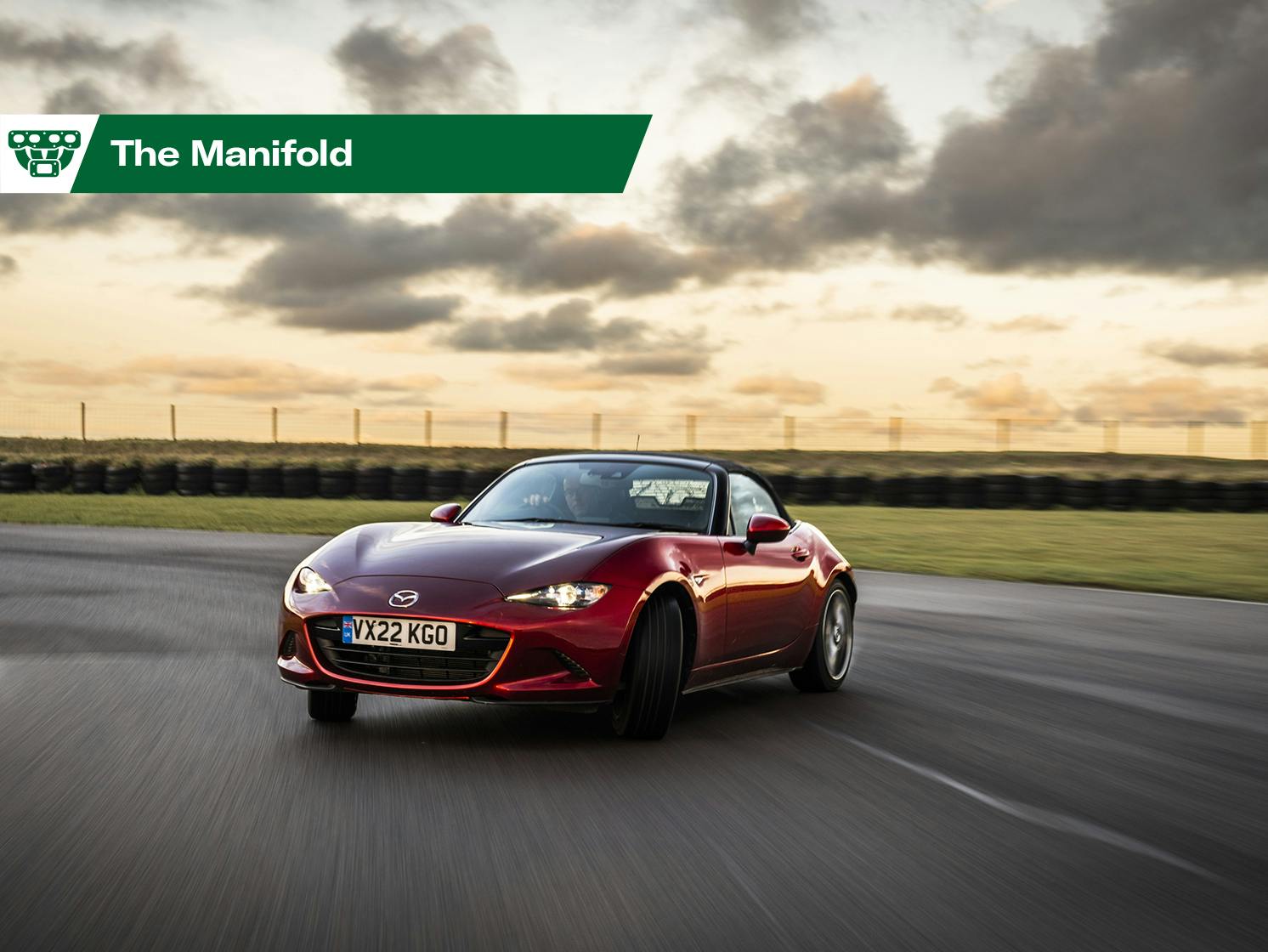
As for the list of high mileage vehicles…I have a 2002 Chevrolet Avalanche bought new in Dec 2001… currently has 237,000 miles on it and is still running great. I have no plans to replace it. I just remember the old saying take care of your car and it will take care of you.
No longer produced, Lincoln Town Car. Highest mileage vehicle currently operated, 489k.
Bought my first and only new car in 1981; a BMW 528i 5 speed. I drove it 435,000 miles before selling it to a friends son, who drove it another 200,000 miles before the “tinworm” ate it up. At the end, it retained the original engine, trans and diff. Best car I’ve ever had!!
Ditto Chris, 1979 530i, 235k easy, sold my best car every 1998 528i, 367k ( had to move and no storage ), currently drive 2009 328i sedan, 248k.
Not surprised a bunch of Toyota truck products are long mileage champions.
Apple self-driving car? Still a (crack) pipe dream.
On the miata – I know it is a small written piece, but could you explain what “agricultural waste” is comprised off?
My 2002 V6 (whopping 200 hp) had 344,000 on the clock and still going strong when I finally traded it in in 2020.
I left out, it was an F150.
It appears that Borgward lost $344,000 per car manufactured. Not a great business plan, and an ugly car.
Go Mazda. No rolling blackouts for alternative fuel vehicles and, hopefully, manual transmissions. Makes so much more sense than spiking the ICE over eco panic.
For the Miata, what would the cost per mile be for the various fuels be???
My last high mileage steed was a 1994 GMC S-15 Jimmy 4×4 that went 403K miles and still had lots of 4.3L V6 Vortec engine/trans life in it when I drove it to the recycling operation because paint was the only thing holding it together in 2015 – original engine, two transmissions and 1 rear diff/axle and a couple of custom paint jobs. Definitely a take care of it, it’ll take care of you situation – miles of smiles, for sure. 🙂
I clearly remember the time when if your American car even made it to 100k it was time to throw it away. Odometers only had five digits.
I have a 1987 F-150 with 310K miles with no problems. My wife has a 2007 Ford Taurus with 295K miles with no problems. I do all the regular maintance.